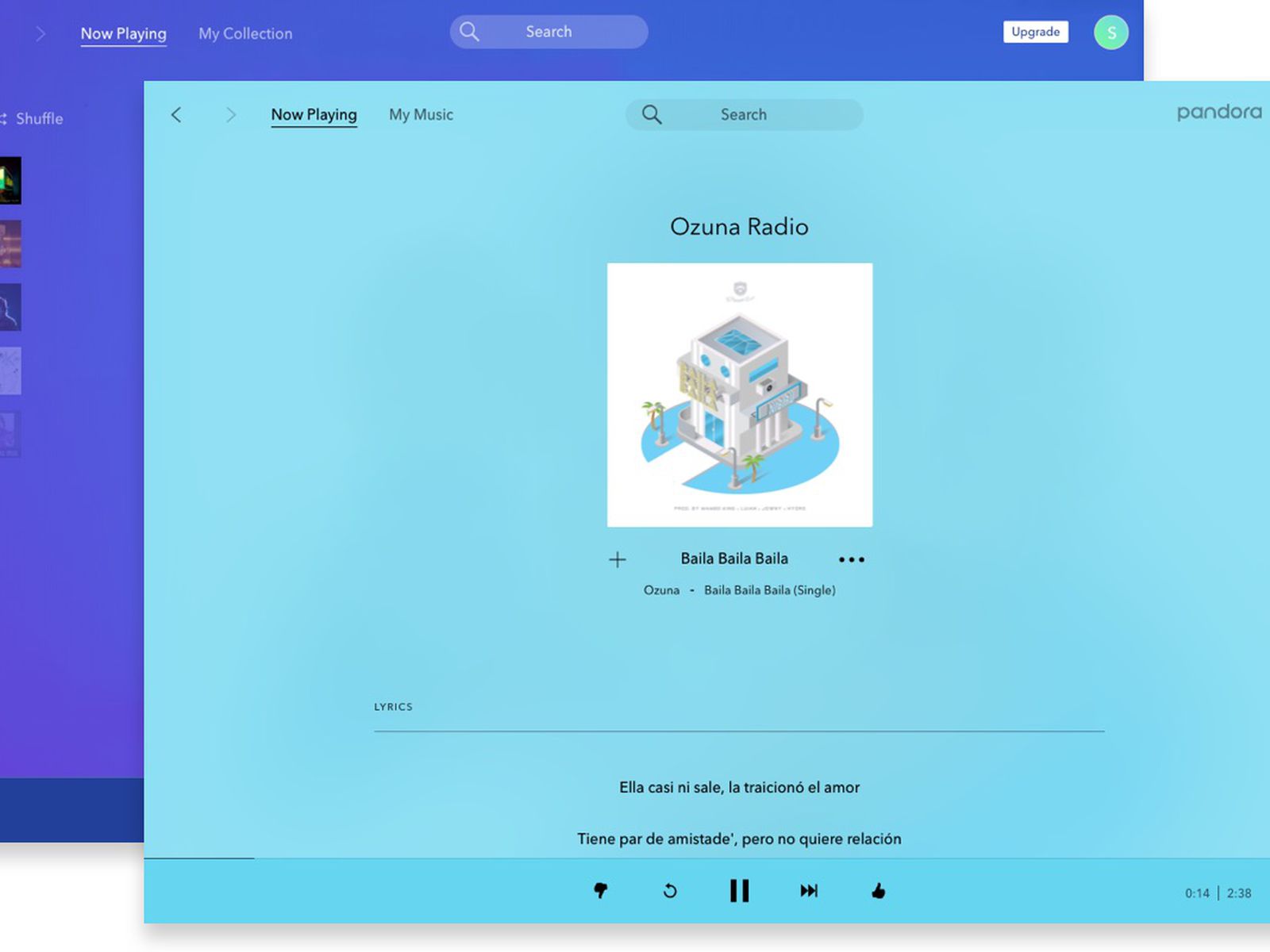
Whole-genome sequencing of the entire genomic DNA sequence of a single cell at a single time that can be picked using for example flow cytometry or microfluidic deviceĪ well-established method in microbial genomics, it is widely used in microbiome research, it relies on the amplification and sequencing of the taxonomic marker gene 16S rRNA from all bacterial members within the microbial population, It generally involves mapping sequencing reads to a pre-existing reference genome (simpler but large rearrangements or extra genes might be missed), or de novo assembly with no prior assumptions (harder to do) Whole-genome sequencing (WGS) is the analysis of the entire genomic DNA sequence of an organism, providing the most comprehensive characterization of the genome. Illumina platforms) or long reads of single nucleotide strands (e.g. It generally involves massively parallel sequencing of short fragments (e.g. These technologies allow for sequencing of DNA and RNA much more quickly and cheaply, and as such revolutionised the study of genomics and molecular biology.

Next-generation sequencing (NGS), also known as high-throughput sequencing, is the catch-all term used to describe a number of different modern sequencing technologies, that differ radically from 1 st generation Sanger sequencing. National Centre for Biotechnology Information
#Pandora on mac issues code
AbbreviationsĪmerican Standard Code for Information Interchange It is aimed primarily at people wishing to learn about sequencing bioinformatics, but the information will be of use for most people starting out with bioinformatics.
#Pandora on mac issues how to
This guide will not teach you how to ‘do’ bioinformatics, but it will help you understand where to start, and what resources are available to help you achieve your bioinformatics goals.

It is advised to keep a record of all your scripts and print your terminal/console out-put for every session you run.
#Pandora on mac issues software


There are challenges to combining these areas, as discussed in this paper. Laboratory scientists often seem to think of bioinformatics as just an add-on to 'wet' laboratory science, but in reality it’s a huge multidisciplinary area, so it’s helpful to understand what it is you want to achieve before you dive into courses or programming languages. Introduction | Operating Systems | Data formats | CLIs | Bioinformatics programmes Introduction East African Consortium for Clinical Research.Worldwide Antimalarial Resistance Network (WWARN).TREAD (The Research Ethics Application Database).Sub-Saharan Congenital Anomalies Network.Member Sites Our network of members around the world.


 0 kommentar(er)
0 kommentar(er)
